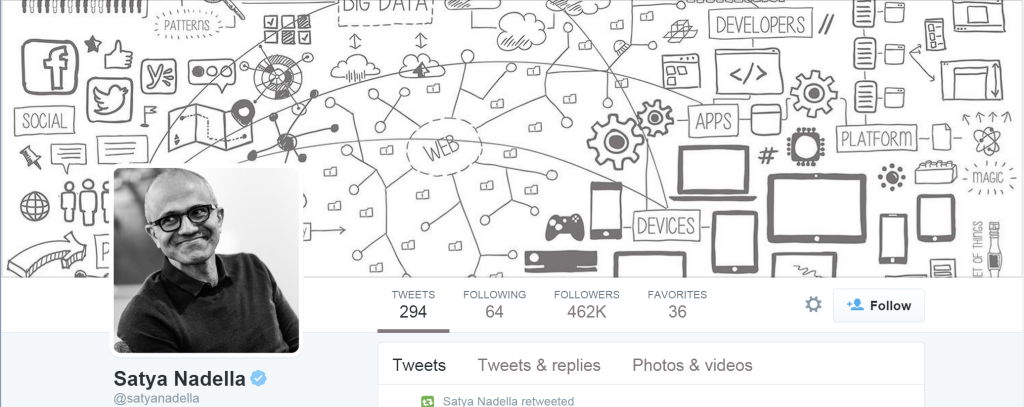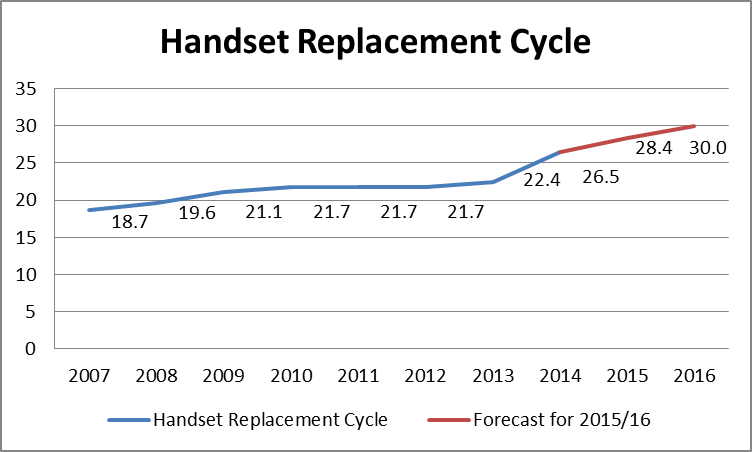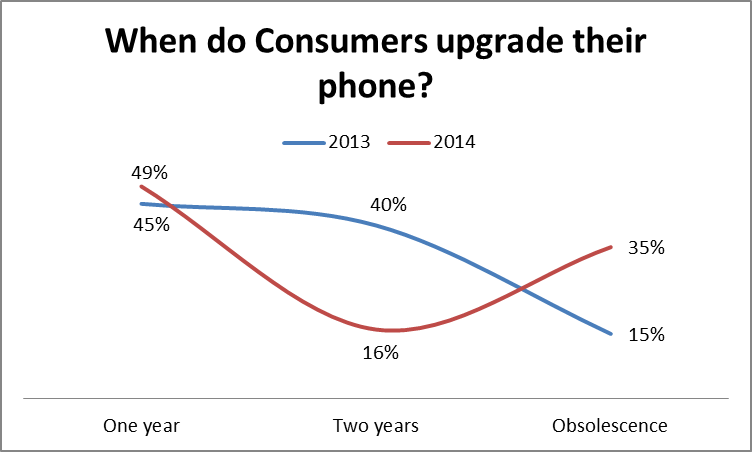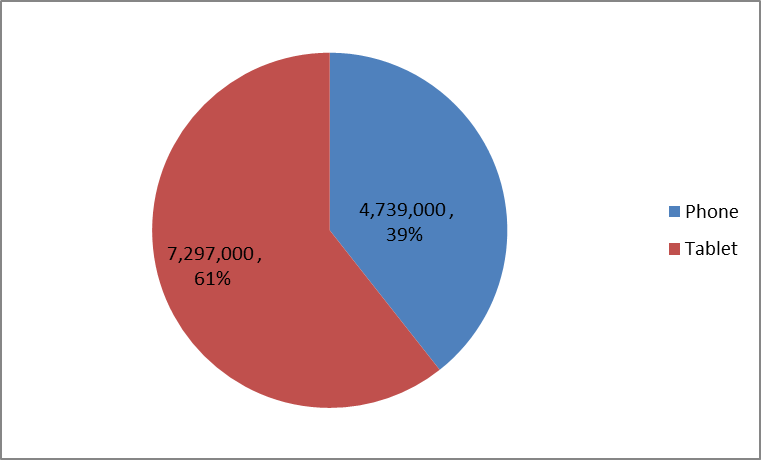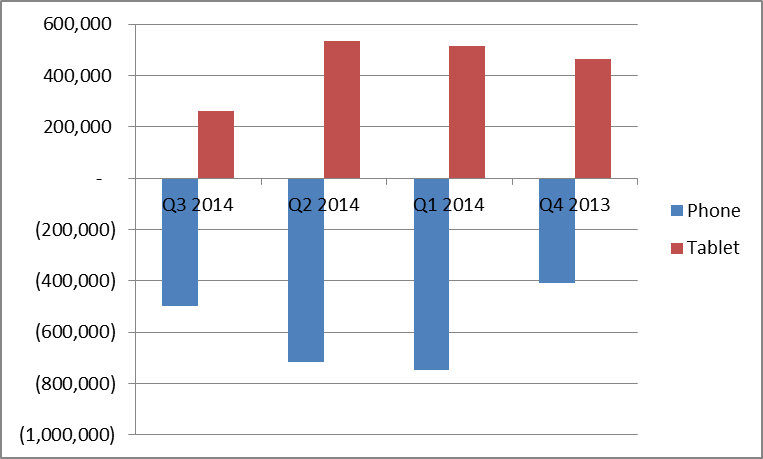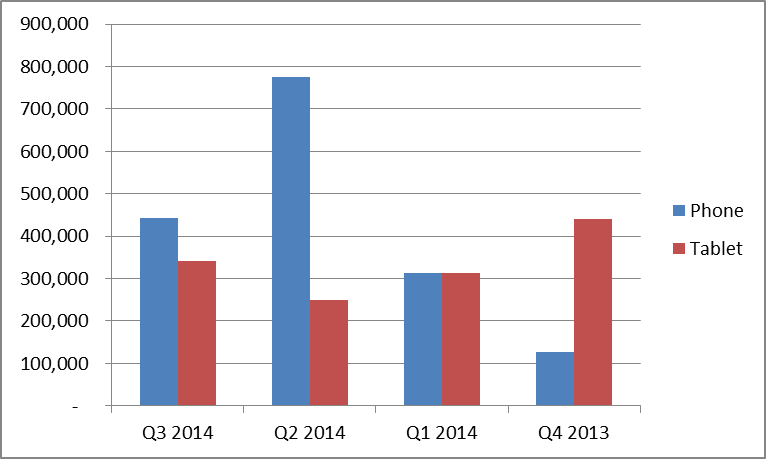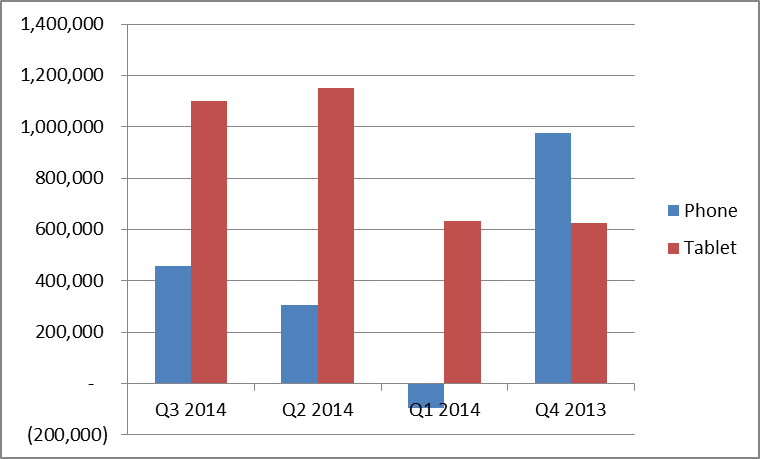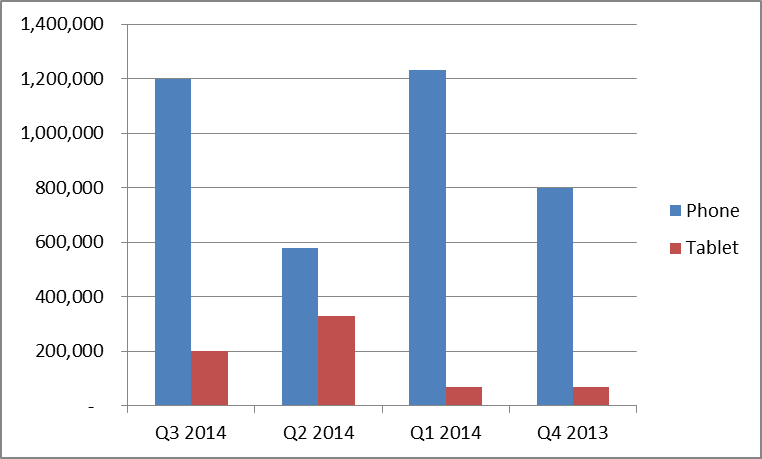More spectrum! is the rallying cry among participants in the global race to be the first country to deploy 5G networks. Generally speaking, deploying more spectrum into a network means faster speeds and more capacity to handle consumer demands. But not all spectrum is created equal.
Low frequency spectrum, below 1 GHz, typically travels further and more easily penetrates walls and buildings better than higher frequency spectrum, above 1 GHz. Mid-band frequencies, between 1 GHz and 2.1 GHz, radio signals travel about two thirds as far frequencies below 1 GHz and have a harder time penetrating structures. While people can use their wireless device in the home, reception in inside rooms or the basement could be more difficult. High frequency spectrum – between 2.1 and 6 GHz – has a hard time penetrating walls. And spectrum above 6 GHz, called mmWave (millimeter Wave) spectrum, does not travel far and has an even harder time penetrating structures.
Licenses to use spectrum are typically awarded by the Federal Communications Commission based on defined geographic areas and for specific amounts of spectrum. Engineers typically refer to the specific spectrum licenses as “channels” or “carriers”.
Regulators can opt to allocate spectrum for large or small geographic areas, e.g., nationwide versus an economic area, and for bigger or more narrow channels, e.g., a 5 MHz channel versus a 20 MHz channel. Licenses covering smaller geographic areas and for smaller amounts of spectrum are attractive to smaller providers who are willing to sacrifice peak data speeds for coverage. The question is what do regulators want? More bidders in a spectrum auction that provide slower speeds or fewer bidders that can then offer faster speeds?
Spectrum in the United States is highly fragmented and therefore does not yield the technically optimal speeds that could be achieved across the various spectrum bands described above. The FCC has licensed 22 5×5, three 6×6, four 10×10, one 11×11, three 15×15 MHz and one 20×20 MHz licenses. The optimal channel size for 4G, a technology we started to implement in 2011 is 20×20 MHz. Prior FCCs have unfortunately allocated spectrum in ways that make it impossible to provide the fastest possible speeds in the US. There is one exception to this trend – the FCC’s decision to allocate MSS satellite spectrum in a 20×20 MHz channel.
Sprint is probably best positioned to leverage high band spectrum for maximum speed due to its high band spectrum holdings. The 2.5 GHz band has 194 MHz that is dynamically shared for upload and download and is owned by one operator, Sprint. Where it is available Sprint utilizes three 20 MHz channels combined for ultra-fast downloads, the big caveat here is “where it is available.” Sprint is still lagging behind in the availability of high speed 4G internet and the limited range of 2.5 GHz is hampering its availability in rural America. Hopefully the FCC will allocate the mmWave spectrum (24 GHz and higher at this time even though technically mmWave starts at 30 GHz), where a multiple amount of spectrum of what has been licensed today for wireless is available, in 100 MHz or larger channels. Remember, the wider the license/channel, the faster the speed.
European regulators are increasingly allocating their spectrum in larger channels and in some countries the auction process aggregates the licenses won into larger channels to maximize the benefit of having larger channels. One example is in Switzerland which uses a process called Combinatorial Clock Auction (CCA) to achieve maximum channel sizes. Due to that Switzerland is regularly among the five fastest countries for mobile internet. The FCC should consider CCA in its upcoming high band and mmWv band auctions to maximize the opportunities for carriers to obtain wide channels. This will also help the agency prevent individual bidders from buying discrete, small channels solely to prevent competitors from creating wide, contiguous channels. DISH Network and its bidding partners Northstar Wireless and SNR Wireless did exactly this when it strategically purchased licenses to create fragmented channels in 2015 during auction 97. This increases the value of the blocking licenses if DISH and its bidding partners want to sell the license again.
New smartphones have the capabilities to use several channels at the same time, creating faster downloads by essentially gluing different pieces of spectrum together. In late 2016, the first smartphones with 3 Carrier Aggregation, or the ability to use three license/carrier simultaneously came to market. For example, the iPhone 7 and the Samsung Galaxy S7/S8 could use 3 Carrier Aggregation, the iPhone 8 could use 4 Carrier Aggregation. The new Samsung Galaxy S9 can use up to 7 Carrier Aggregation.
The disadvantage of carrier aggregation is that it uses more of the device’s battery power by having multiple radios (transmitters/receivers) active at the same time and because the phone has to periodically check if the different spectrum bands are actually available, which in turn reduces battery life. While having the ability to aggregate more channels is welcome, the less often the band-aid technology is needed the better. The better method is to create larger channels in the first place and if larger channels are aggregated the resulting speed is even higher with less impact on the battery life of the phone.
In a nutshell, the FCC needs to put a framework together that facilitates the creation of the largest possible channels to create the fastest possible mobile internet that incidentally will also have the least impact of the battery life of smartphones. Having to aggregate several small channels puts the US at a significant comparative disadvantage vis-à-vis other countries allocating spectrum for much wider channels. The FCC should either allocate spectrum in the high and mmWave bands in larger blocks across larger geographic areas, or employ a Combinatorial Clock Auction system that gives both the benefits of having potentially more license winners with the advantage of having the largest possible channel sizes for superior speed. Only then will the US have a chance of keeping pace with other countries and maybe even having the world’s fastest mobile internet.

